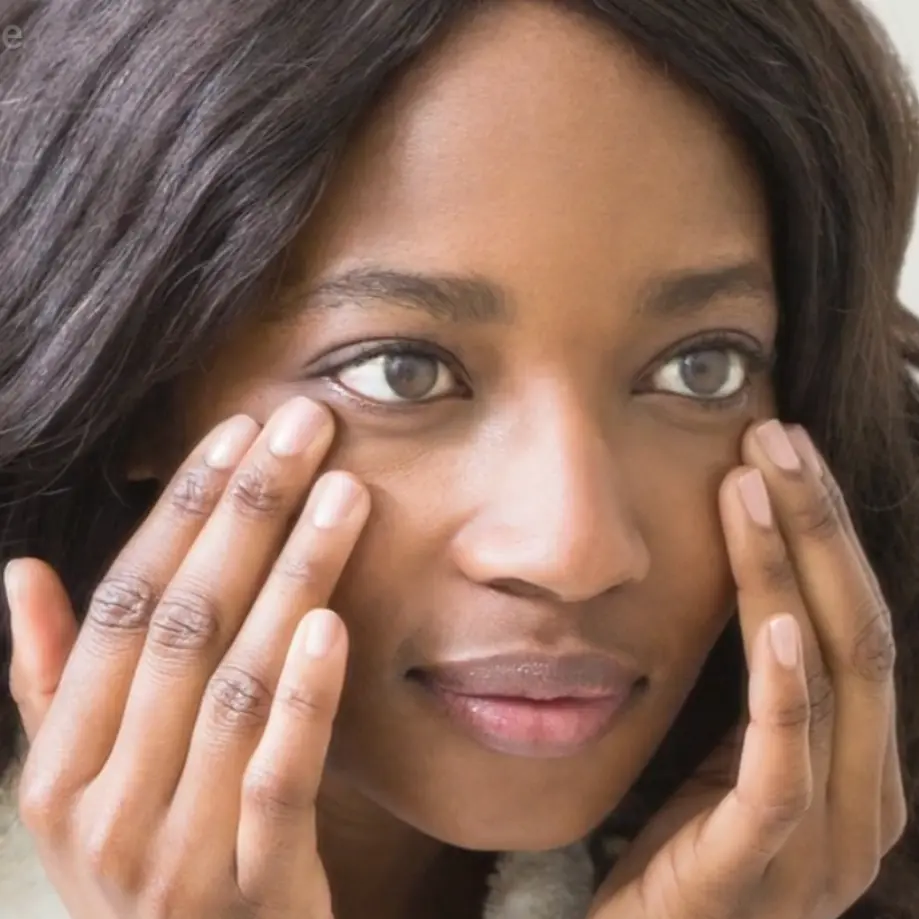
Fuchs’ Dystrophy
Fuchs’ corneal dystrophy is a condition that is typically inherited and affects the delicate inner layer of the cornea (endothelium) in both eyes. These cells constantly pump water out of the cornea to help keep it clear and help maintain clear vision. In Fuchs’ dystrophy, the cells degenerate more quickly than they do in normal eyes. When there are too few endothelial cells, the cornea swells and becomes cloudy, which makes vision deteriorate.

Symptoms
In the early stages of Fuchs’ dystrophy, patients may notice that the quality of their vision has deteriorated. Some pateints may notice that their vision is worse in the morning compared to later in the day. Unless it is treated, Fuchs’ dystrophy worsens with time. Early treatment involves eye drops or ointment. More advanced cases require corneal transplant surgery.
Common symptoms of Fuchs’ dystrophy include the following:
- Cloudy vision (may be worse in the morning)
- Glare
- Sensitivity to light
- Uncomfortable, sandy feeling in the eyes

Detection & Diagnosis
Fuchs’ dystrophy typically affects vision in people over the age of 50, but it can be diagnosed as early as 30 to 40 years of age. The condition is more common in women and can run in families. When you come in for an appointment, your doctor will examine the cornea, determine whether you have Fuchs’ dystrophy, and provide you with an expert opinion regarding treatment.
Treatment for Fuchs’ Corneal Dystrophy
Fuchs’ corneal dystrophy cannot be cured. However, the blurry vision can be improved with eye drops or ointment that your doctor might recommend.
If the corneal dystrophy is severe enough, your doctor might recommend a corneal transplant. If you also have a cataract, the corneal transplant and cataract surgery can be performed together.
Contact Virginia Eye Consultants
To schedule an appointment with one of our eye care professionals, please contact our office today.
The doctors at Virginia Eye Consultants have either authored or reviewed the content on this site.

























